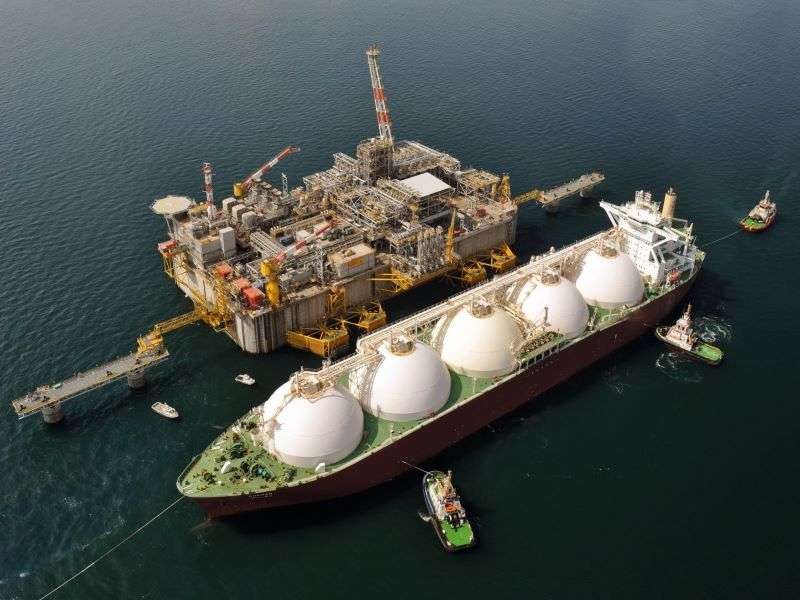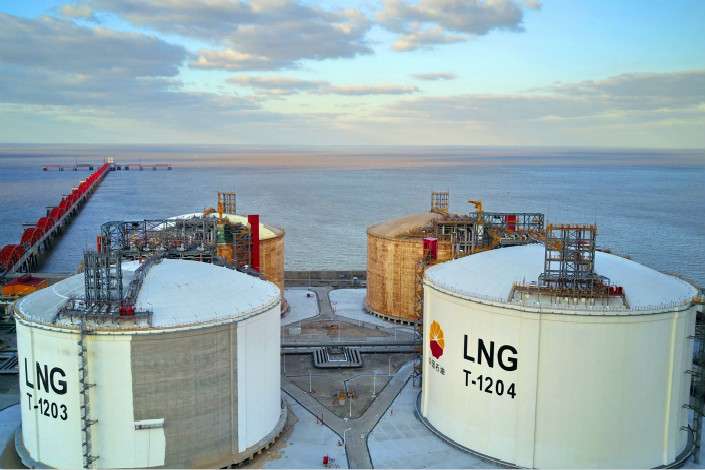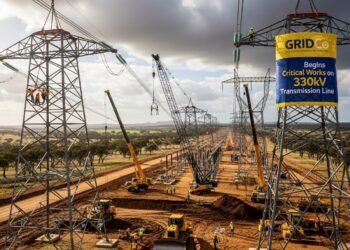The expected near-term rise in global liquefied natural gas prices (LNG) is likely to strain the possibility for increased adoption of LNG for industrial use as well as compound the teething problem of debt challenges facing the energy sector.
Having already enjoyed a bullish run in 2021, as a result of rising global demand in natural gas and lower inventories amid unfavorable winter weather conditions in Europe, Wood Mackenzie predicted in its outlook titled: “Global Gas and LNG- 6 trends to watch in 2022” that, LNG prices will continue to push further in the near-term as global gas demand remains resilient.
“Oil indexation in long-term LNG contracts has been on a declining trend for the past 10 years, a consequence of increased availability of uncontracted supply, more recently from Qatar, and reduced appetite for long-term contracts in favour of more spot exposure.
“But 2022 will be a turning point for LNG oil-indexed contracts, with the level of indexation firmly on the rise. With Asian LNG spot prices expected to average close to US$15/mmbtu over the next five years, the current level of oil indexation (and oil prices) will result in a US$7/mmbtu annual average discount over spot LNG. Inevitably, demand for long-term contracts will increase, pushing oil indexation levels up.”
Wood Mackenzie
Implications for Tema LNG facility
This has implications for the Tema LNG facility in Ghana as well as the potential market for the fuel. The Tema LNG facility was expected to have received its first imported cargo from Shell, the supplier of the LNG under the contractual agreement at end-May, 2021, as reported by S&P Global Platts, but there is no information on whether the expected cargo delivery materialised on the said date.
Within this context, higher prices of LNG may further slow down its adoption for industrial use. The first market targeted for the sale of the LNG after commissioning is the power and industry encalve in Tema.
Even, at current electricity charges, industries in the country have decried cost of electricity as a threat to business growth, and the Association of Ghana Industries (AGI) has been vocal about this in the past year.
Industries currently use residual fuel oil (RFO), which is at least 35% cheaper than LNG, according to Dr Ishmael Ackah, energy economist, thus, this creates challenges for the adoption of LNG, if the price of the fuel continues on this upward trajectory and does not slide downwards.

As at October 2021, GNPC had not yet secured a sales agreement with any independent power producers (IPPs) or other downstream off-takers to purchase the gas, Dr Ishmael Ackah noted.
Even so, making available distribution outlets in Tema to transfer gas to industrial users is vital to ensure offtake of the gas. However, processes to develop a gas distribution network is far from completion, and even to remain optimistic, this may go beyond 2022 to complete, and in that time the energy sector is likely to accumulate more debts.
Energy Sector Debt to Escalate due to Take-or-Pay Agreement
Last year, Ecow-Gas, an affiliate of the Tema LNG Terminal Company (TLTC) won exclusive rights to build and operate storage and regasification facilities in Liberia, Sierra Leone and Burkina Faso.
While this implies that, for instance, Burkina Faso, an inland market, could take LNG by truck given that the Tema facility has the ability to load LNG directly onto trucks, this is rather something to consider only in the medium-to-long term.
Based on the terms of the contract, once the terminal is commissioned, take-or-pay obligations require that GNPC pays capacity charges, even if there is no buyer. These monetary obligations therefore are likely to increase the energy sector debt issues and increase the burden borne by the public in taxes such as the energy debt recovery levy.
According to the Energy Sector Plan of 2019, Ghana has no need for more gas contracts within the next five years; The country already has more gas contracted than it can offtake, even without the LNG project.
The Energy Commission projected in its 2021 Electricity Supply Plan that electricity demand is likely to see a 45% increase by 2026. This indicates a rise in gas demand from the 2020 level of 3.15 bcm (325,000 MMBtu/day) to some 4.6 bcm (470,000 MMbtu/day).
Oxford Institute for Energy Studies, projected that the range of demand for LNG into Ghana is likely to be between 0 and 15 or more cargoes by 2025, but witnessing the delay in the first cargo from March to May, 2021 as reported, coupled with the shortfalls experienced last year, this is likely to be lower than the maximum cargo intake projected.

The Tema LNG project which began construction in 2018 has experienced numerous delays. The LNG Terminal will operate the US$350 million project for 12 years, after which the terminal operatorship will be transferred to the Ghana National Petroleum Corporation (GNPC) and the Ghana Ports and Harbours Authority (GPHA).
The project consists of a dedicated floating regasification vessel and a separate LNG storage vessel and has the capacity to import 1.7 million tonnes per year of LNG. The project is backed by Helios Investment Partners and Africa Infrastructure Investment.
Regarding Wood Mackenzie’s projections, it expects 79 million tonnes per annum (MMTPA) of additional LNG to take the final investment decision (FID) over the next two years, including 33 MMTPA in North America, 16 MMTPA in Qatar, and 20 MMTPA in Russia.
Furthermore, the global analyst noted that Oil Majors have so far remained on the sidelines, but some action is likely in 2022 with several expected to conclude negotiations with QatarEnergy to secure a slice of the North Field East development.
READ ALSO: Omicron not Likely to Have Significant Impact on 2022 Growth- Fitch























